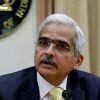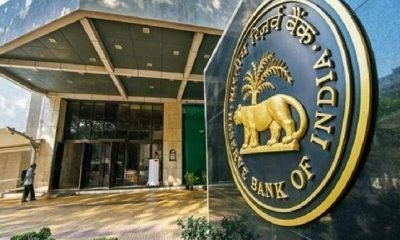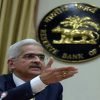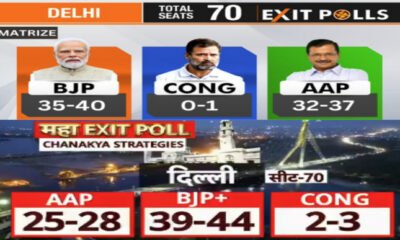Business
The Yes bank crisis
By Niha Satyaprakash
On the 5th of March, the Reserve Bank of India (RBI) announced that it was going to ‘supersede’ the YesBank board of directors for a period of 30 days, and imposed a moratorium of Rs 50,000 on withdrawal of deposits. Although the moratorium was withdrawn in 13 days, it fuelled panic and distrust amongst customers and investors across the country. This especially hit customers whose salary accounts were linked to this bank, as they had to deal with an overnight shortage of cash for daily activities. Additionally, the RBI’s decision to write off all AT1 Capital will cause many popular mutual funds such as Franklin Templeton, SBI Pension Trust Fund etc to lose out as much as Rs 10,800 crores.
Food wastage in times of hunger
Signs of trouble however, have been far from recent. UBS, a global financial services company had raised concerns regarding YesBank’s asset quality,as early as 2015. YesBank was also unable to recognize its Non Performing Assets (NPAs) on 3 separate occasions, the last being in November 2019. Yes Bank also fared poorly on provision coverage ratio – a metric that measures the preparedness of banks to deal with NPAs. The credit-deposit ratio of the bank crossed 100% in 2018-2019, as a result of excessive withdrawal from customers. P Chidambaram pointed out that the 35% spike per year in lending was indicative of the upcoming crisis, and accused the BJP-led NDA government of having failed to detect it. One bank’s failure has the ability to (and historically has) trigger a domino effect on the entire sector, and potentially knock the wind out of the Indian economy. Given that the stakes are so incredibly high and all the clues were perfectly in place, it was perhaps rather imprudent for the RBI to have waited so long before taking action.
Recently, the Union Cabinet has approved the YesBank reconstruction plan, which will help assuage the fears of many of its customers. According to the plan that came into force on March 13 2020, the State Bank of India (SBI) cannot reduce its stake in the bank to below 26 per cent, for a minimum of three years. P Chidambaram however, calls this move ‘bizarre’. He believes that the SBI was being forced into this, and are not acting voluntarily. The shareholders of the SBI also find themselves undertaking additional risk, only because the government was unwilling to explicitly socialize losses. This move has also raised questions of whether or not the SBI will be asked to intervene in other potential bank failures too, and has left many stakeholder vastly uncomfortable. Credit must be given to the plan’s ability to ensure that the bank resumed normal operations promptly, amidst fears of a liquidity crunch.
While multiple debates are yet to be resolved with regards to this incident, many serious questions about the health of the banking sector have been raised due to this. Whether these questions are acknowledged or ignored will determine the course the Indian Economy will follow.

























